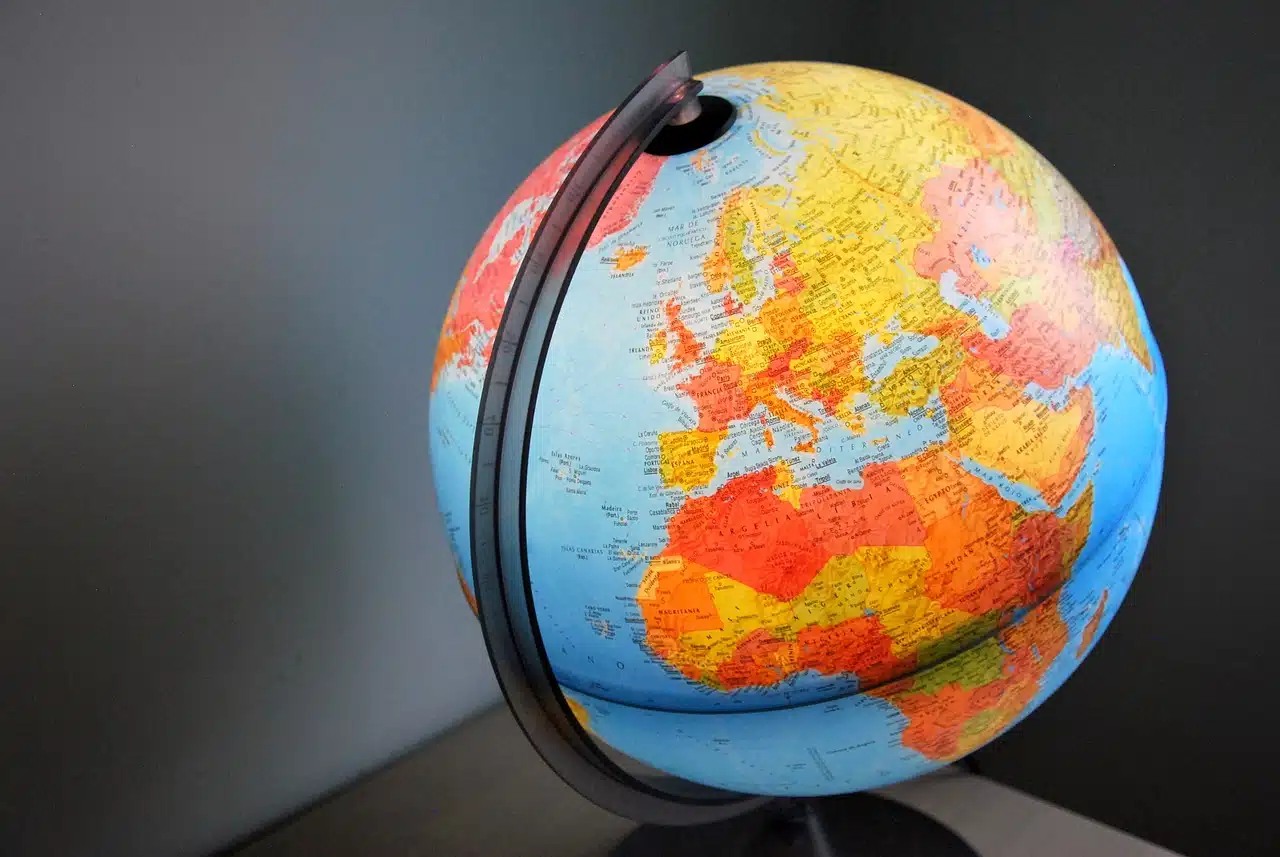
Numerous cultural regions can be distinguished in the world.
Cultural region is an expression typical of disciplines such as geography and anthropology that identifies a portion or area where people who share a culture gather. The elements that give these areas their own identity revolve around ethnic, linguistic issues, linked to faith or traditions.
According to the characteristics they possess, cultural regions are divided into different categories. The popular cultural region , for example, is delimited by its members demonstrating, and enforcing, a very solid, deep and deep-rooted cultural identity . If there is not too much homogeneity at the cultural level but rather different cultures that are unified financially, socially and politically, then the concept of functional cultural region gains notoriety. Likewise, there are cultural regions that are described as formal and are recognized as containing a center or nucleus with defined cultural features although beyond those points certain cultures mix or merge.
Components of a cultural region
As components of a cultural region , that is, as elements that mark and define an area, influencing its identity , they can be contemplated from creative and artistic manifestations to styles of dressing and eating, including languages and beliefs.
After the end of the First World War , for example, on German soil the idea of cultural geography would be positioned to mark a difference between areas based on human interventions on the surface of the Earth without stopping at biological issues.
By examining each cultural region, it is possible to find how its members are linked, whether through language or dialect , religion or art , or through multiple customs and beliefs. Although there is still a lot of work to be done on the planet so that, at some point in history , the world is not divided or confronted and it is possible to dream of a peaceful and balanced world coexistence, always with education and a family present that instills positive values. They will be essential drivers of universal transformation.

UNESCO declared the Cueva de las Manos (located in the Argentine province of Santa Cruz) as a World Heritage Site.
Influences and links between cultures
There are influences and links between cultures that generate different effects.
Cultural syncretism , for example, describes a phenomenon determined by miscegenation and transculturation that involves at least two different cultures (usually one stronger, more powerful or dominant than the other) that end up uniting (unfortunately, not necessarily by the will of both parties).
Very interesting, at the same time, is the wide range of application and the variety of interpretations of the word multiculturalism . On the one hand, it is admitted as a doctrine with political roots that can be contextualized within the fields of political philosophy and sociology . It is also used to account for the coexistence of numerous cultures within a nation or community . The Pan-Hispanic Dictionary of Legal Spanish supported by the Royal Spanish Academy presents it as the fact that arises when recognizing, demonstrating tolerance and respecting the pluralism of values and beliefs, the relative value of each culture established within a population or in many of them. Thus, the idea of multiculturalism is opposed to xenophobia and ethnocentrism .
Another notion that comes into play when emphasizing cultural regions is called interculturality . UNESCO conceives this reality as a peaceful panorama protected by respect and dialogue so that various cultures coexist and interact equitably and connect interculturality with the chance to promote shared cultural manifestations.
Cultural globalization , to detail another phenomenon, makes visible the process that, facilitated by personal ties, social interactions and cultural exchanges promoted by information media and commercial activities, strengthens humanity by providing, on a universal scale, a homogeneous lifestyle. This implies the proximity of countries for artistic motivations, for adopting similar customs and cultivating similar values.

Each community preserves rites and ceremonies that are passed down from generation to generation so that certain traditions and customs do not fade away.
Cultural regions distributed around the world
There are cultural regions distributed throughout the world whose distinctive features make them unique. In any case, it is not impossible to establish similarities and differences when comparing the cultural regions of each continent.
From an extended perspective, in America there is a Latin cultural area and an Anglo-Saxon cultural region , while in Asia Southeast Asia , Western Asia , South Asia and East Asia appear. Following this route you can discover the cultural regions of Oceania , Europe and Africa .
Beyond issues of borders and geographical distances, cultural policies of both national and international scope in pursuit of social inclusion and cultural tolerance are always essential.
It is important that intercultural dialogue , international cooperation and cultural diplomacy exist and are encouraged, while combating even the slightest expression of discrimination . Cultural diversity is also necessary, healthy and enriching (which must be preserved along with the cultural rights of human beings), in addition to continually working to cooperate between peoples to resolve cultural conflicts that are present both inside and outside each State. . Nationalism , for example, sometimes gives rise to violent actions that use force and power to occupy territories and impose a culture , while those who cultivate regionalism direct their efforts and struggles to achieve local benefits and defend customs, ideologies and cultural riches of said area. Nor should we ever forget the need to recognize indigenous peoples and not ignore indigenous rights , respecting their cultural identity and the cultural heritage of indigenous peoples .
